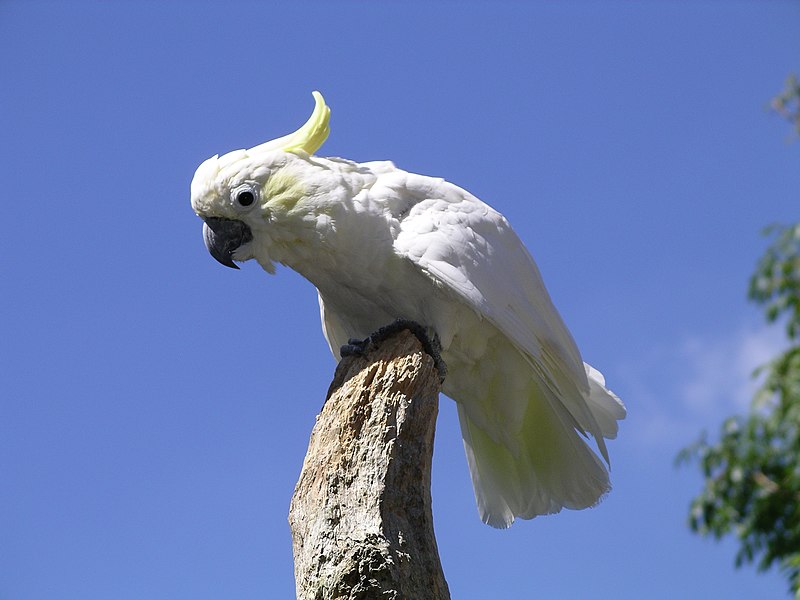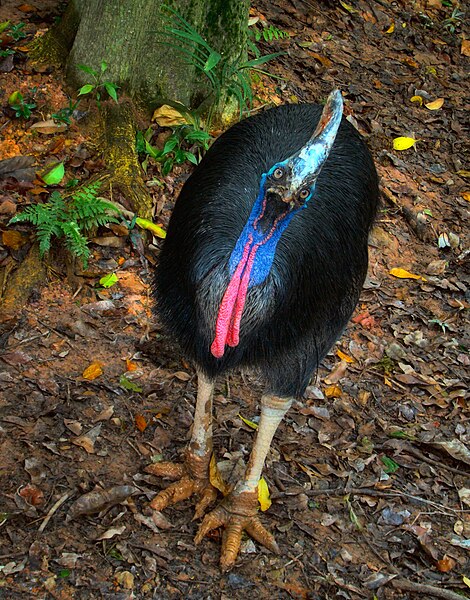 Native North American birds are protected by federal law and may not be kept as pets in the USA. However, introduced species are not covered by this prohibition. The European Starling, Sturnus vulgaris, one of our most common exotic birds, makes a most interesting pet. As responsive and intelligent as any parrot (and able to mimic words as well), Starlings are not for everyone…but in the right hands they have few equals.
Native North American birds are protected by federal law and may not be kept as pets in the USA. However, introduced species are not covered by this prohibition. The European Starling, Sturnus vulgaris, one of our most common exotic birds, makes a most interesting pet. As responsive and intelligent as any parrot (and able to mimic words as well), Starlings are not for everyone…but in the right hands they have few equals.
An Interesting Alternative to Typical Pet Birds
Northern Cardinals, Painted Buntings and several otherUSnatives are popular in private collections in Europe, but are not legal to possess in theUSA. However, the unprotected European Starling offers a great opportunity to work with a species that is very different from most available in the pet trade. Without fail, it becomes more “pet” than “cage bird”. Please check your state’s laws before considering a Starling, as permits may be required.
Unexpected Talents
I first became aware of the Starling’s pet potential while visiting the AmericanMuseumof Natural History as a boy. While peering into a terrarium in small room that housed live exhibits, I was startled by a flurry of words that seemed to come from a bird. But there was no parrot in sight, only a glossy, pert Starling that occupied a huge cage across the room. Walking towards him, I was greeted by a cheerful “Hello”. Read More »

 That Bird Blog – Bird Care and History for Pet Birds
That Bird Blog – Bird Care and History for Pet Birds




